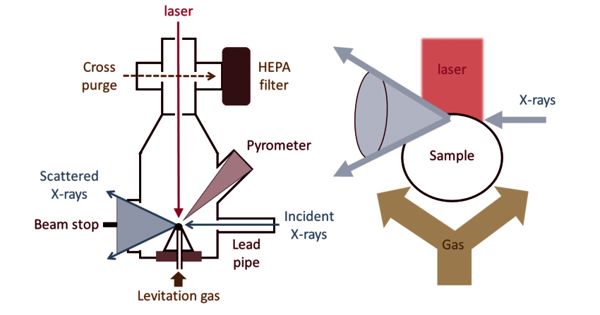Clear evidence of carbon monoxide can be found in the disks that encircle young stars that are creating planets. However, there is an issue. According to theories, there ought to be a lot more of it than what is visible to astronomers. Where is the carbon monoxide that is missing? A fresh paper offers this remedy: Our observatories cannot see the molecule because it is encased in the ice that has formed around the disk.
The research, which was published in Nature Astronomy, used a model created by Peter Gao to investigate clouds on exoplanets. Diana Powell, the lead author, applied it to the disks from which exoplanets will someday form. In the youngest planetary disks, carbon monoxide is often abundant, but the model predicts that after at least a million years, the gas will be formed on massive ice particles.
The scientists discovered that ice trapping carbon monoxide was the most likely answer for this puzzle using data from the Atacama Large Millimeter/submillimeter Array, or ALMA. The discovery has implications for astrochemistry because so many other calculations and models use the measurement of chemical species in space.
Carbon monoxide is essentially utilized to trace all of the information we currently have about disks, including their mass, composition, and temperature, according to Powell of the Center for Astrophysics | Harvard & Smithsonian. This could imply that many of our findings regarding disks were inaccurate and prejudiced since we didn’t fully comprehend the substance.
It’s intriguing to employ a cloud-specific model in the unique setting of protoplanetary disks. It implies that methods we have already used can help us understand the complexity of these disks.
The group intends to further investigate the implications of carbon monoxide in ice grains in the hopes that fresh findings would support their hypothesis.
Gao from the Carnegie Institution for Science commented, “It will be intriguing to explore how microphysical concerns affect, for example, the production of water ice in disks, and how these processes affect planet formation and composition.
It’s fascinating because this work also exemplifies the innovations that can occur when two apparently unrelated domains interact. I’m excited to see where this can go, especially if we can use JWST to validate the model.
















